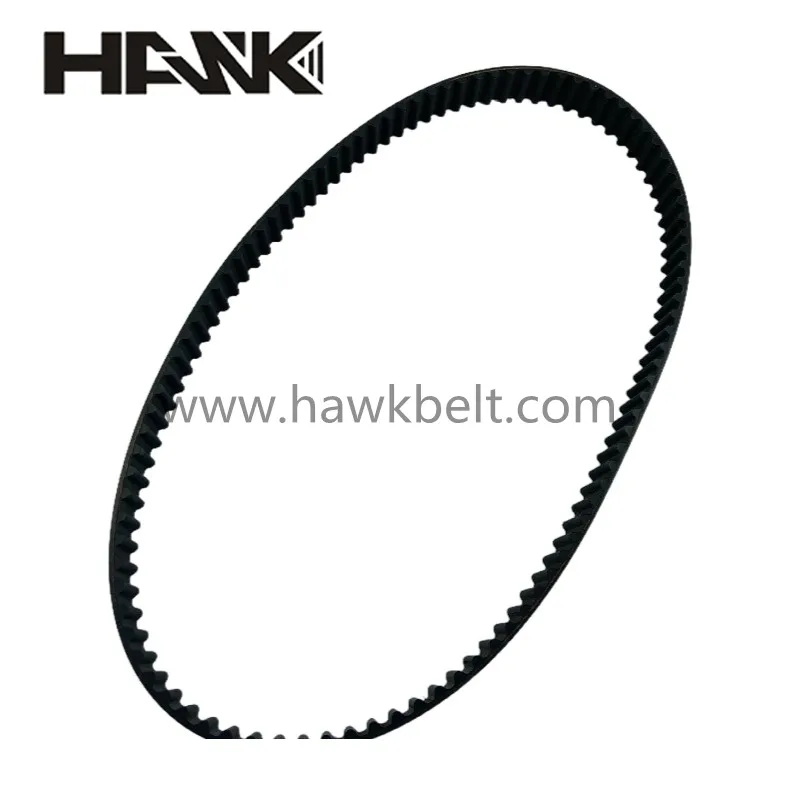- Arabic
- French
- Russian
- Spanish
- Portuguese
- Turkish
- Armenian
- English
- Albanian
- Amharic
- Azerbaijani
- Basque
- Belarusian
- Bengali
- Bosnian
- Bulgarian
- Catalan
- Cebuano
- Corsican
- Croatian
- Czech
- Danish
- Dutch
- Afrikaans
- Esperanto
- Estonian
- Finnish
- Frisian
- Galician
- Georgian
- German
- Greek
- Gujarati
- Haitian Creole
- hausa
- hawaiian
- Hebrew
- Hindi
- Miao
- Hungarian
- Icelandic
- igbo
- Indonesian
- irish
- Italian
- Japanese
- Javanese
- Kannada
- kazakh
- Khmer
- Rwandese
- Korean
- Kurdish
- Kyrgyz
- Lao
- Latin
- Latvian
- Lithuanian
- Luxembourgish
- Macedonian
- Malgashi
- Malay
- Malayalam
- Maltese
- Maori
- Marathi
- Mongolian
- Myanmar
- Nepali
- Norwegian
- Norwegian
- Occitan
- Pashto
- Persian
- Polish
- Punjabi
- Romanian
- Samoan
- Scottish Gaelic
- Serbian
- Sesotho
- Shona
- Sindhi
- Sinhala
- Slovak
- Slovenian
- Somali
- Sundanese
- Swahili
- Swedish
- Tagalog
- Tajik
- Tamil
- Tatar
- Telugu
- Thai
- Turkmen
- Ukrainian
- Urdu
- Uighur
- Uzbek
- Vietnamese
- Welsh
- Bantu
- Yiddish
- Yoruba
- Zulu
Jul . 27, 2024 00:03 Back to list
Understanding the Importance of Engine Timing Belts for Optimal Vehicle Performance and Maintenance
Understanding the Importance of the 5A Engine Timing Belt
The timing belt is an essential component of an internal combustion engine, responsible for synchronizing the rotation of the crankshaft and camshaft(s). This synchronization is crucial for the engine's performance, as it ensures that the valves open and close at the correct times during each engine cycle. For engines equipped with a 5A series engine, understanding the role and maintenance of the timing belt can significantly impact vehicle longevity and performance.
What is a 5A Engine?
The 5A engine refers to a series of 4-cylinder gasoline engines produced by Toyota in the 1980s and 1990s. Noted for their reliability and efficiency, these engines were commonly found in various Toyota models, contributing to the brand's reputation for durability. The 5A engine features a design that optimizes fuel efficiency and power delivery, making it a popular choice among car enthusiasts and everyday drivers alike.
The Role of the Timing Belt in the 5A Engine
In a 5A engine, the timing belt manages the precise timing of opening and closing the engine's valves, which is critical for optimal performance. The belt connects the crankshaft, which drives the engine's pistons, to the camshaft(s) that control the intake and exhaust valves. If this connection is disrupted due to a worn or broken timing belt, it can lead to catastrophic engine failure, including bent valves and damaged pistons.
Signs of Timing Belt Wear
Regular inspection and maintenance of the timing belt are crucial to prevent sudden failures. Some signs that your 5A engine's timing belt may need attention include
5a engine timing belt

1. Unusual Noises A ticking sound from the engine area can indicate that the timing belt is worn or loose. 2. Engine Performance Issues If the engine experiences decreased power, rough idling, or difficulty starting, the timing belt could be out of sync.
3. Visible Cracking or Damage Inspecting the belt for visible signs of wear, such as cracks, fraying, or missing teeth, is essential.
4. Check Engine Light Sometimes, a malfunctioning timing belt may trigger the check engine light on the dashboard, signaling potential issues.
Maintenance and Replacement Strategies
Toyota recommends replacing the timing belt in the 5A engine approximately every 60,000 to 100,000 miles, depending on driving conditions and the specific vehicle model. This preventive measure can save owners from costly repairs that arise from belt failure.
When replacing the timing belt, it's also advisable to replace other components, such as the water pump, tensioner, and idler pulleys. These parts work in conjunction with the belt and often wear out at similar intervals. Keeping a documented maintenance schedule can help ensure that all necessary replacements are performed timely.
Conclusion
In conclusion, the timing belt is a critical component of the 5A engine, significantly affecting its function and longevity. Regular maintenance and timely replacement are vital to avoid severe engine damage and ensure your vehicle operates reliably. Understanding the role of the timing belt not only empowers drivers but also encourages responsible vehicle ownership, ultimately leading to more efficient and enjoyable driving experiences. Always consult your vehicle’s owner manual for specific recommendations and maintain a relationship with a trusted mechanic to keep your 5A engine running smoothly for years to come.
-
Upgrade Power Steering Pump Belt for Smooth, Quiet Operation
NewsAug.27,2025
-
Precision Timing Belt & Chain: Engine Performance & Durability
NewsAug.26,2025
-
Precision Lathe Drive Belts: Durable & Reliable Performance
NewsAug.25,2025
-
84.5 Serpentine Belt: Durable & Precision Fit for Your Engine
NewsAug.24,2025
-
Premium Ribbed Drive Belts for Quiet Power Transmission
NewsAug.23,2025
-
High-Performance Vehicle Timing Belt for Engine Precision
NewsAug.22,2025

